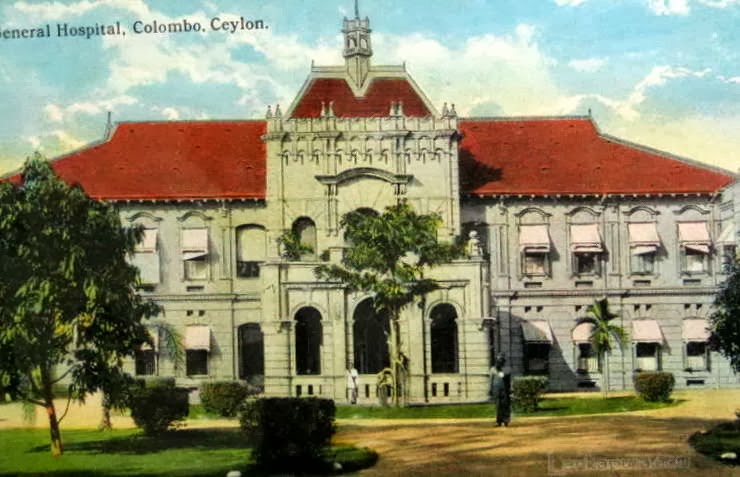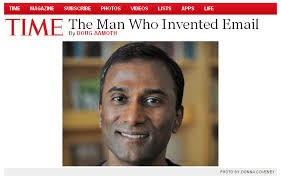email from Gallege De Silva.
“ You have a Queen here what you need now is a King”
Click on the web-link below:-An amusing interview with handsome Mohammed Ali in his glorious days.This is not long, it’s interesting.Enjoy!
An interesting and, sometimes, amusing interview with Muhammad Ali.



